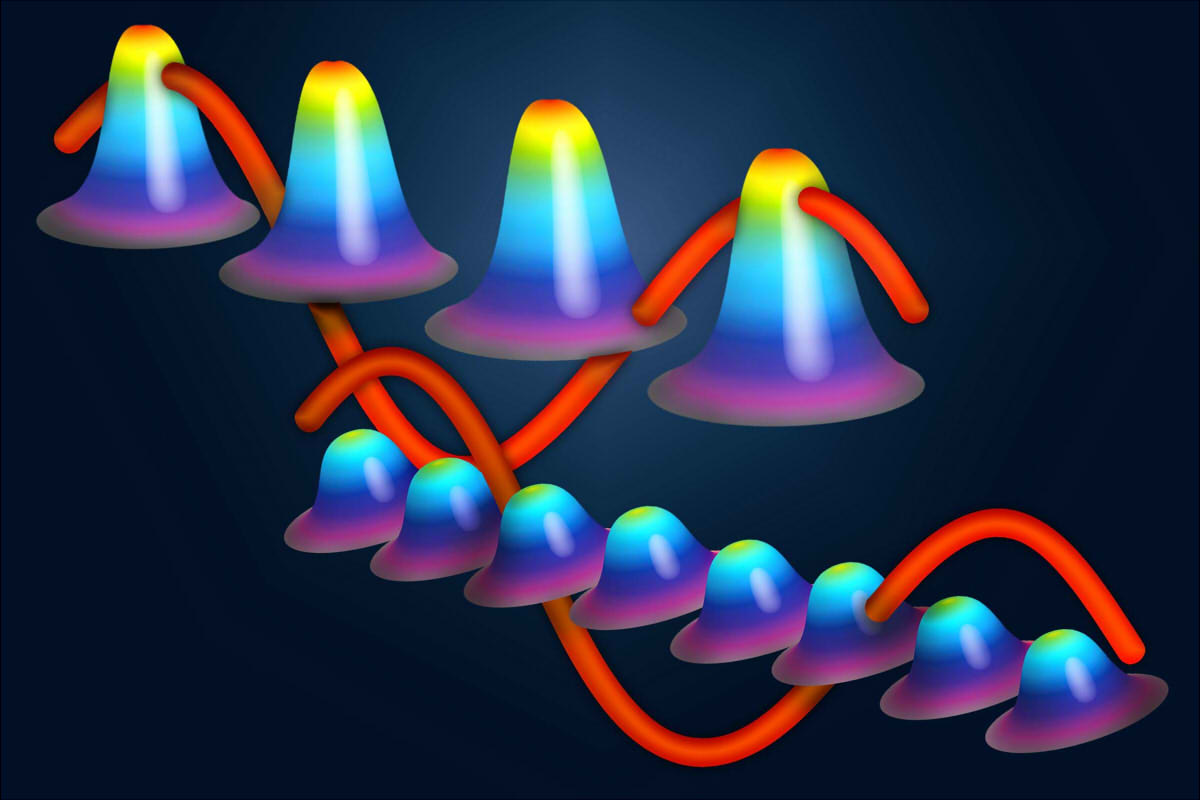The Royal Swedish Academy of Sciences is pleased to announce the 3 of October that Nobel Prize in Physics 2023 will be awarded to outstanding scientists Pierre Agostini, Ferenc Krausz and Anne L’Huillier for their pioneering contributions to the generation and application of attosecond light pulses, a revolutionary technology that allows you to explore the microscopic world with unprecedented precision.
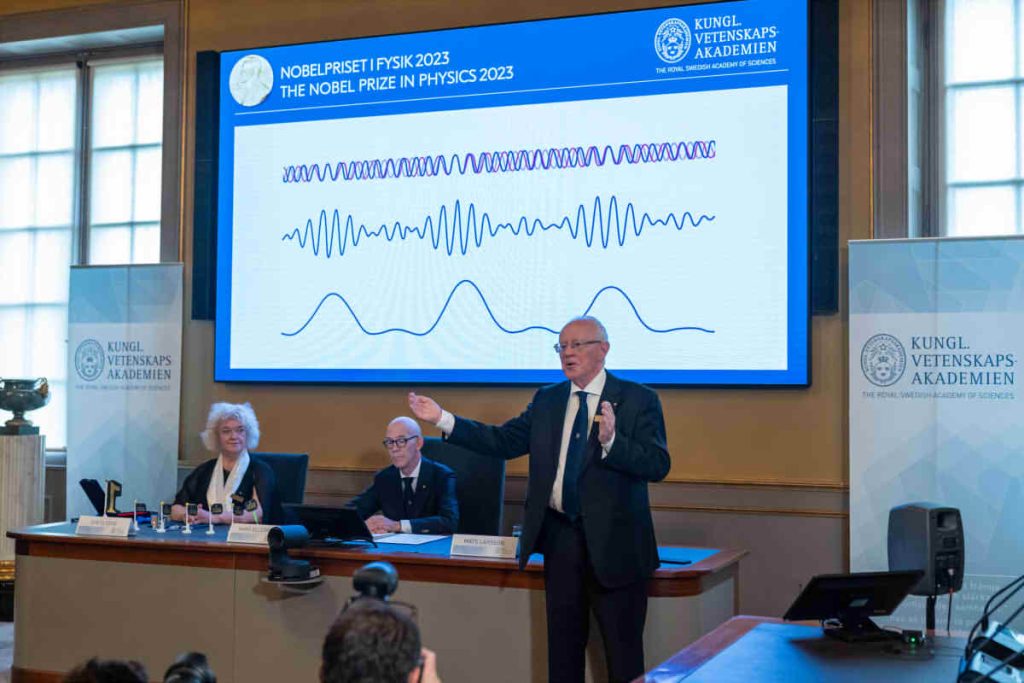
Table of Contents
- What Are Attoseconds and Attosecond Lasers?
- Attosecond Light Pulses Boost Scientific Research
- Application Prospects of Attosecond Optics in the Medical Field
- Prospects for Attosecond Lasers as a Boost to the New Era of Electronic Information Technology
- Impact of Attosecond Technology on the Energy Industry
- The Profound Impact of Attosecond Technology on the Future of Humanity
What Are Attoseconds and Attosecond Lasers?
An attosecond is a unit of time that is equal to one billionth of a billionth of a second., which is expressed as 10^(-18) seconds. In contrast to picoseconds and femtoseconds, which are standards in the measurement of time, attoseconds offer much greater precision, allowing the observation of extremely fast and fleeting events and movements. Research in attoseconds is of great relevance, as it provides scientists with a completely new tool and method to deeply explore the laws and properties that govern the movement of microscopic particles in the world of matter..
Often, People associate lasers with colors, but actually, The color of a laser is determined by its frequency or wavelength. There is a simple relationship between the frequency and wavelength of a laser, and its product is equal to the speed of light. For experts in the field, the description of a laser includes a critical parameter: pulse duration, also known as pulse width.
Pulse duration refers to the time interval between laser pulses, namely, the period that separates each laser emission. Initially, lasers emitted light continuously, like a stream of water that flows without interruption. Nevertheless, Scientists discovered that by dividing the laser emission into pulses, it was possible to obtain greater power. The shorter the pulse duration of a laser, the greater its emission frequency and, consequently, the greater the energy of each laser pulse.
The Attosecond Laser
The attosecond laser is the laser with the shortest time interval ever created by humanity, an achievement that earned this year's Nobel Prize in Physics for its creators. The technique for generating attosecond lasers involves impacting a femtosecond laser on an inert gas, leading to the generation of attosecond lasers with even shorter pulse duration. Different shocked inert gases generate different types of attosecond light.
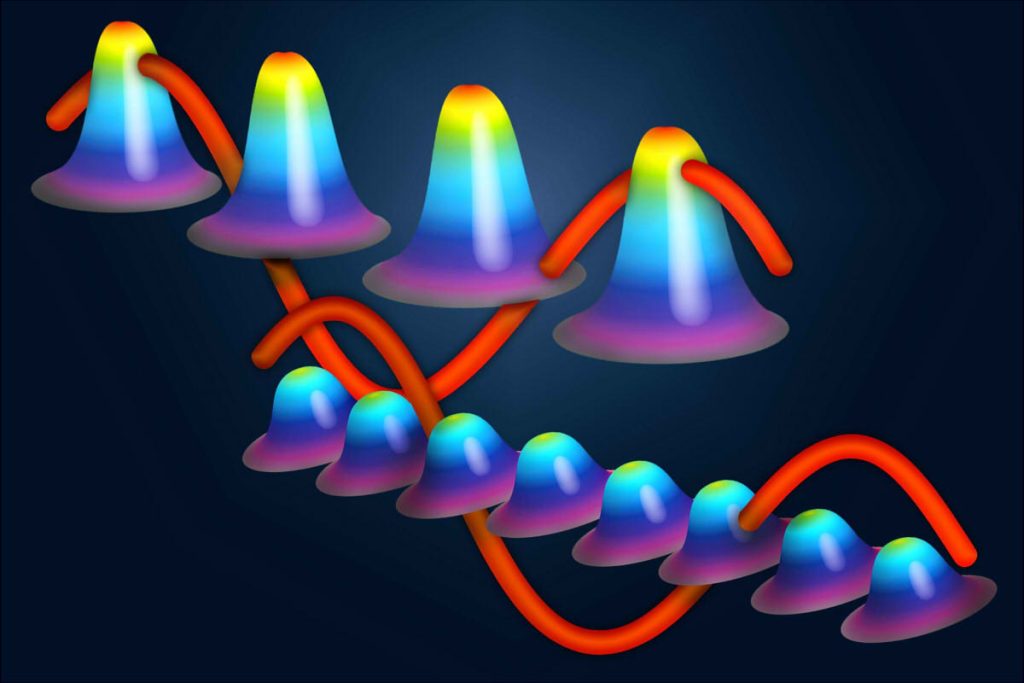
In concrete terms, This technology is based on the non-linear interaction between the laser and matter. When a powerful laser hits gas molecules, removes electrons from atomic nuclei, creating a plasma. These electrons are accelerated by the laser field and then attracted back to the nuclei, releasing high energy x-rays. These x-rays are attosecond light pulses, that have a high frequency and coherence, which allows them to pass through matter and have intense interactions with electrons.
Research in Attoseconds
Attosecond research began to receive widespread attention and study in the late 20th century and early 21st century.. In 1999, Scientist Ahmed Zewail received the Nobel Prize in Chemistry for his research in femtosecond spectroscopy, marking a significant milestone in attosecond research. Then, with the development and application of ultrashort and ultrastrong lasers, This technology was awarded the Nobel Prize in Physics in 2018. This year, research into attosecond lasers was again recognized with the Nobel Prize in Physics, reaffirming its importance in science.
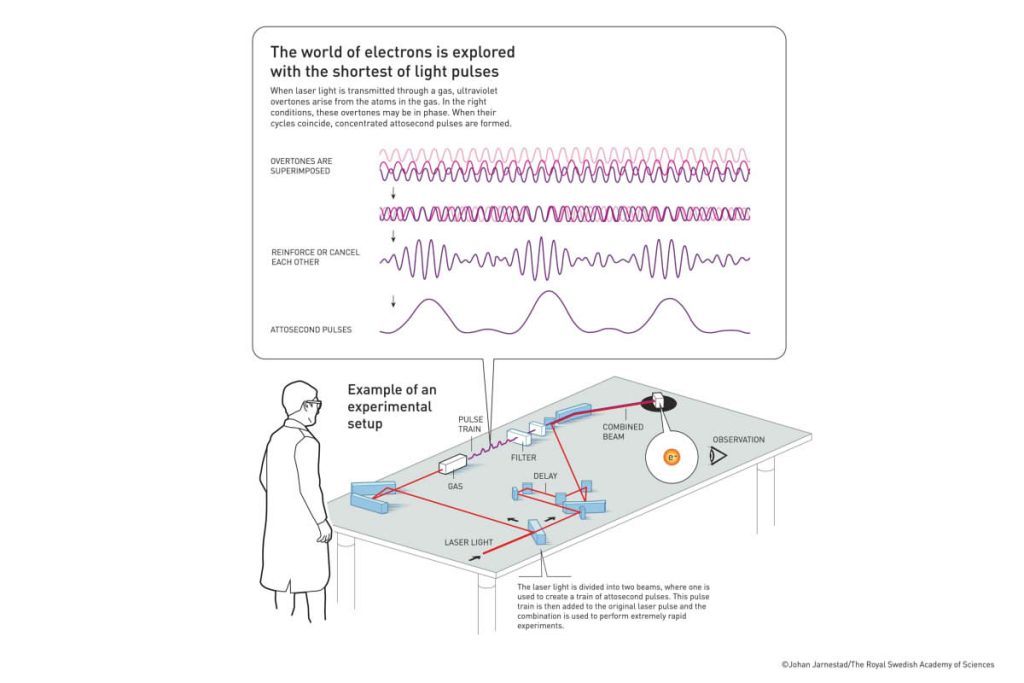
Currently, the shortest optical pulses in the world last 53 attoseconds and 43 attoseconds. This unit of time is so ephemeral that it can be described in many interesting ways.. For example, attosecond level, The distance light can travel is only the length of a water molecule.. Another way to illustrate its transience is by comparing 1 attosecond with 1 second, which is equivalent to comparing 1 second with the age of the universe, highlighting the brevity and tiny time scale of attoseconds.
Attosecond Light Pulses Boost Scientific Research
Attosecond light pulse technology has provided the scientific community with an unparalleled tool to observe and control the movement of electrons, which has allowed progress in the understanding of rapid and complex processes in the matter. Its applications extend to a wide range of disciplines:
Physics of atoms and molecules
Attosecond pulses are used to investigate the electronic structure and dynamics of atoms and molecules, including processes such as imaging of electron orbits, ionization and excitation.
Solid state physics
These pulses are applied to the study of electronic properties, Phononic and magnetic in solid materials, allowing to investigate ultrafast changes in these properties.
Kinetics of Chemical Reactions
Scientists use them to investigate the microscopic mechanisms of chemical reactions, which includes understanding reaction coordinates, transition states and reaction rates.
Molecular Biophysics
The technology is used to study the structure and function of biological molecules, which has applications in the study of proteins and other molecules essential for life.
Nanoptics
Allows you to investigate optical phenomena at the nanometric scale, such as surface plasmons and optical responses of nanostructures.
X-ray Science
Attosecond pulses are used to generate high luminosity X-rays, which enables temporal and spatial resolution in X-ray techniques.
Application Prospects of Attosecond Optics in the Medical Field
In the field of medicine and biology, Attosecond optics have been used extensively for imaging, the analysis and diagnosis of cells and tissues.
Attosecond imaging technology provides high-resolution three-dimensional images that allow observation of the microstructure and functionality of cells and tissues. For example, The attosecond microscope allows the observation of molecular movements and chemical reactions inside cells, which facilitates the study of cellular metabolism and signal transmission. Besides, attosecond imaging is used to investigate neuron activity and brain function, allowing the observation of neuronal electrical signals and calcium signals, and facilitates the study of brain cognition and behavior.
As a last resort, attosecond light pulses will help understand, at the microscopic level (in terms of electron movement), the causes, the development and fundamental formation of diseases. For example, attosecond light pulses can be used to identify cancer markers. In the case of malignant transformation of normal cells, early diagnosis and treatment are crucial. Nevertheless, in the initial stages of cancer, the signals from malignant cells are very weak and are attenuated thousands of times. When conventional methods cannot detect these signals, attosecond light pulses can extract them with great sensitivity.
In the future, Attosecond technology is expected to allow complete control of biochemical reaction processes, which will lead to intended and desired results.
Prospects for Attosecond Lasers as a Boost to the New Era of Electronic Information Technology
Modern electronics are moving towards the atomic scale, both in terms of time and space, which means that there is the possibility of manufacturing circuits at the atomic level and controlling the current using photoelectric fields.
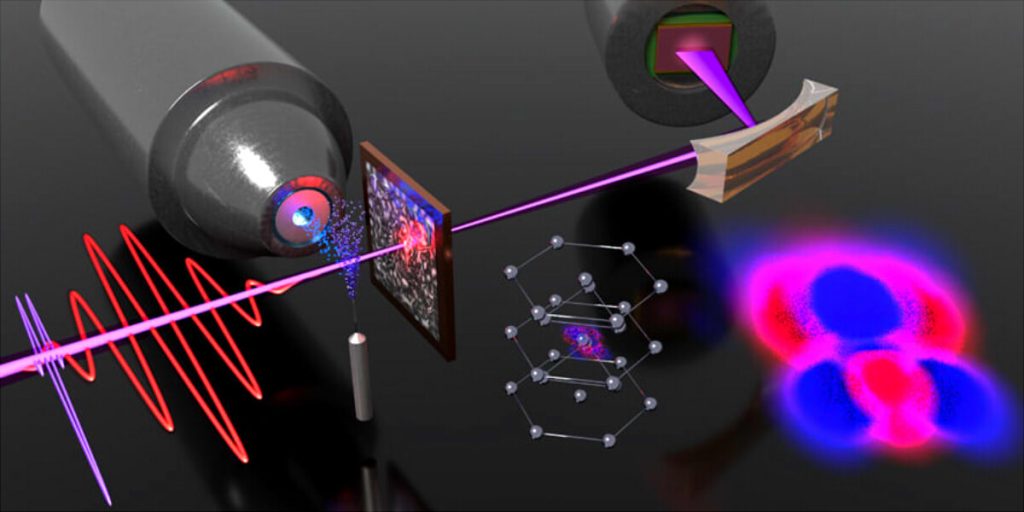
Attosecond light pulse technology has paved the way for the development of ultrahertz electronic devices, which could increase the operating speed of electronic devices by several orders of magnitude and possibly solve the problem of excessive heating of electronic devices. This could become a key driver of a new revolution in electronic information technology.
According to research published in the journal Nature, 12 October, Researchers from the University of Michigan in the United States and the University of Regensburg in Germany managed to capture the movement of electrons in hundreds of attoseconds, fastest speed recorded so far. Observing the movement of electrons in attosecond increments could increase the processing speed of computers by up to a billion times today..
Impact of Attosecond Technology on the Energy Industry
In 2013, The Attosecond Physics Laboratory at the Max Planck Institute of Optics in Germany discovered that ultrashort high-power laser pulses can modify the electrical properties of Insulating materials, generating ultra-fast electrical oscillations and current in the insulators. These electrical and current oscillations are directly related to the activation and deactivation of the incident laser., suggesting that the conversion of an insulator into a conductor occurs in a matter of attoseconds. This experiment demonstrates that the basic conduction properties of materials can increase or decrease with the speed of oscillation of the light field..
If it is possible to transform insulators into conductors using attosecond technology, los cables for electricity of the future could achieve faster and more efficient energy transfer and storage. Currently, attosecond light pulses are used to investigate charge transfer mechanisms between electrons and holes in new materials, which allows controlling the electronic transfer process and advancing research into superconducting technologies.
Attosecond technology can also be used to study microscopic mechanisms in energy conversion and storage., like in solar panel systems, fuel cells and batteries. This will contribute to the development of more efficient and sustainable energy technologies..
The Profound Impact of Attosecond Technology on the Future of Humanity
Attosecond light pulse technology has the potential to generate significant advances in scientific and technological fields, making it one of the most important development directions in laser science for the next decade.
The laureates of the Nobel Prize in Physics 2023, Pierre Agostini, Ferenc Krausz and Anne L'Huillier, have paved the way for a new era of attosecond research and application. His work has revolutionized our ability to explore and understand the microscopic world., and their contributions will have a lasting impact on science, technology and society in general. The future promises extraordinary advances thanks to this innovative technology.

